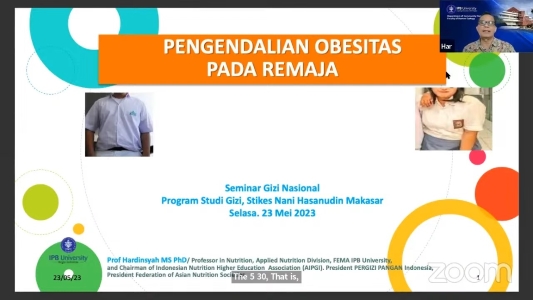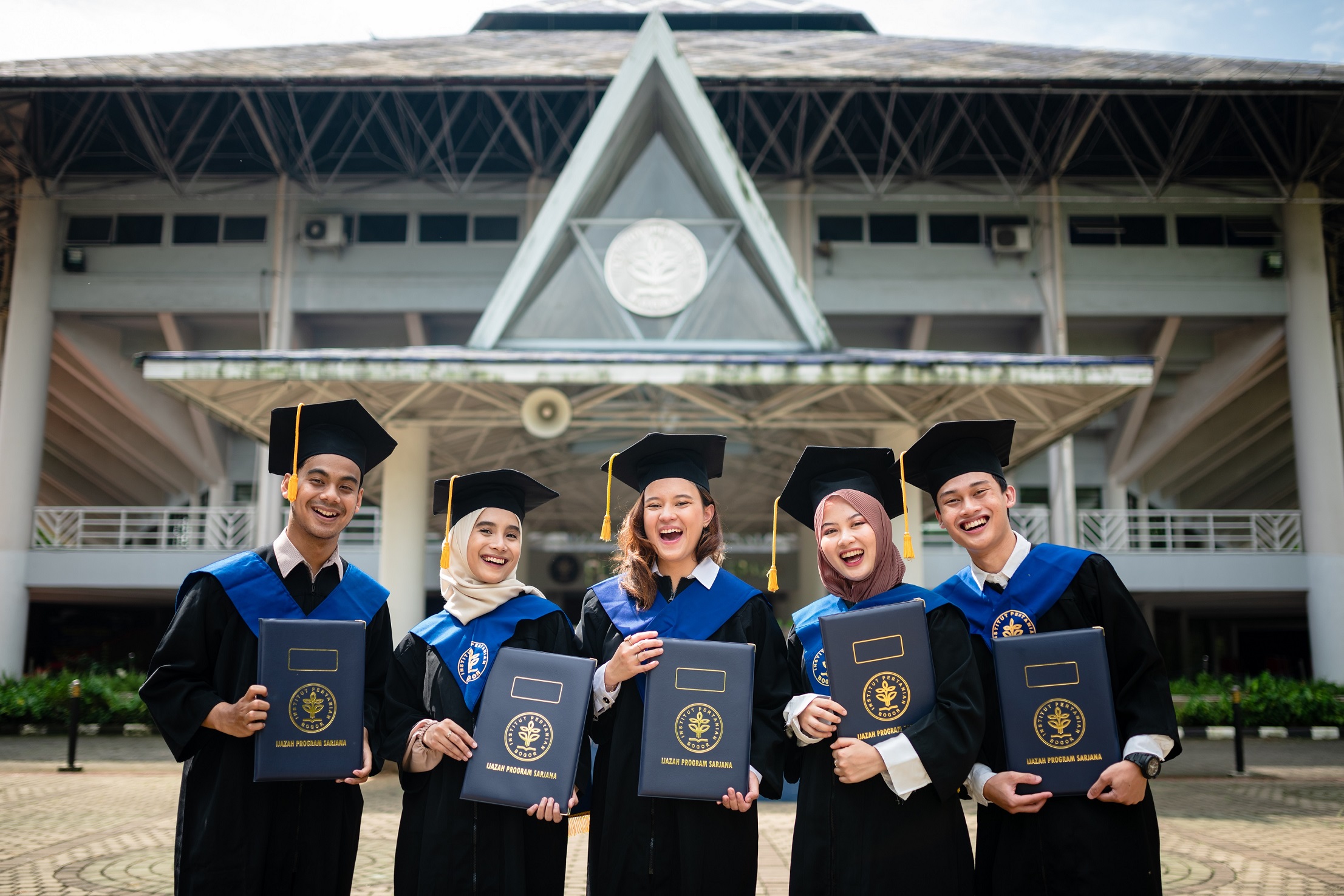Prof Hardinsyah Shares Tips for Controlling and Preventing Obesity in Adolescents

The urgency of obesity in adolescents is increasing. The prevalence of obesity has increased three times over the past 40 years. A total of 62 percent of obesity cases occur in developing countries. In Indonesia, one in four adolescents is obese.
Prof Hardinsyah, Professor of Nutrition Science at IPB University, said that controlling obesity in adolescents simply involves two ways, namely prevention and therapy. Prevention is done with three approaches, namely the intake approach, the expenditure approach and the lifestyle approach.
“These three approaches can manage a balanced body weight in accordance with nutritional needs and growth periods,” he said in the National Nutrition Seminar entitled ‘Control and Prevention of Obesity in Adolescents’ held by the Nutrition Study Program, Nani Hasanudin College of Health Sciences (STIKES) Makassar.
According to Prof. Hardinsyah, obesity prevention must be done holistically, not just diet and physical activity. The reason is, there are other factors such as sleep time, genetics to hormones and everyone has different risk factors.
“The basic principle of preventing obesity in adolescents must be regulated based on the balance of energy in the body and food intake,” he explained.
In addition, the intake of food and beverages consumed must be balanced with basal energy, thermic effect of food, physical activity and energy for growth.
“Normal body fat cannot only be calculated based on body mass index, because in adolescents, body composition is different and influenced by age and growth,” he continued.
Prof Hardinsyah further explained, to find out the weight of the body increases or the risk of obesity can actually be seen without special measuring instruments. For example, from the size of the waist circumference, seen from whether or not old clothes fit. However, further examination can provide more complete information.
“If you already know that there is a risk of obesity, an intake approach can be taken so that the body does not excess energy. You can do this by limiting the amount of certain foods, such as snacks and fatty foods,” he explained.
Other important steps include modifying and combining food types and processing methods, modifying consumption methods, and managing meal times. Also, consuming sufficient and high quality protein, vitamins and minerals.
“An expenditure approach can also be taken if you want to lose weight. For example, by increasing physical activity to increase energy expenditure,” he added.
Meanwhile, said Prof Hardinsyah, the lifestyle approach can be done starting with adequate and quality sleep and controlling stress levels. If these methods have not been successful, therapy is another option that can be considered.
“There are many alternative ways to control obesity for adolescents. The most important thing is prevention and starting from motivation and consistency to do what is most suitable for yourself,” he concluded. (MW/Rz) (IAAS/MKY)



